Olsen’s Frosted Strawberry Japanese Maple – 3 Gallon Pot
$179.97 Original price was: $179.97.$98.99Current price is: $98.99.
SKU: D2LSC 9010755223 Category: JAPANESE MAPLE TREES
- Buy quality, buy with us.
- Your Security is Our Promise
- Sustainable materials, for a better tomorrow.
- SSL encryption, absolutely safe shopping

Olsen’s Frosted Strawberry Japanese Maple
Acer palmatum ‘Olsen’s Frosted Strawberry’
Plant Details
USDA Plant Hardiness Zones: 5a-9a (9b?) Find Your Zone
Height at Maturity: 3-6′ at 10 years of age; 6′ to 8′ expected at maturity
Width at Maturity: 3-6′ at 10 years of age; 6′ to 8′ expected at maturity
Growth Habit / Form: Upright Mound
Growth Rate: Slow
Foliage Color in Spring: Brilliant Pinkish Red to Pinkish Orange
Foliage Color in Summer: Cream to White with Red veining and flushes of Brilliant Red or Pink-Red new growth
Foliage Color in Fall: Bright Orange and Red shades
Light Needs: Morning Sun with Dappled or Afternoon Shade; avoid direct afternoon sunlight for best coloration
Water Needs: Average
Soil Type: Clay (amend heavy clay to ensure good drainage), Loam, Sandy, Silty
Drainage: Moist But Well Drained; Does not like wet feet!
Soil pH: 5.0 – 7.0 is ideal
Maintenance: Low
Resistances: Deer, Heat, Humidity
Description
A new Japanese Maple for us that we’ve become absolutely smitten with, Olsen’s Frosted Strawberry sports reticulated leaves with prominent and lasting venation like the Ghost maples and wows with never-ending, fantastic changing colors that are a joy to watch through the seasons. The amount of sun exposure, temperatures and perhaps soil conditions from month-to-month or season-to-season can definitely make this tree an amazing chameleon, and the colors can even change from year to year. Nothing in your garden will look like this extraordinary cultivar. It’s beautiful all year round, and the spring color will knock your socks off. In spring, the leaves on ours emerge a pinkish orange quickly transition to a brilliant pink and then beautiful purple pink with deep green veining. Some say theirs transitions to an orange-pink. Either way, the colors are fabulous. In summer the leaves transition to a cream or white with red veining, hence the name, while a heavy second flush of new leaves emerge a brilliant red to pink-red. Cooler temperatures in fall bring fiery orange to pinkish red shades. A slow grower that might reach 3 to 6 feet tall and wide at 10 years of age, Olsen’s Frosted Strawberry is truly a stand out in the garden and a delight to look at close up. Whichever colors are presented it will be a lovely highlight in your garden!
Note: Though some gardeners in cool-summer climates say they’ve had good success with Olsen’s Frosted Strawberry in full sun, based on our experience here in north central Georgia, we’ve found that its coloration is best with some filtered sun to shade during the hottest afternoon hours.
Landscape & Garden Uses
To showcase its magnificence and beauty, the Olsen’s Frosted Strawberry Japanese Maple is best used in landscape design as a focal point specimen to draw attention to a specific area of the home or landscape. That said, groupings are fine where space allows.
Suggested Spacing: At least 10 feet for space between trees
Container culture can extend the useful range of Japanese Maples. They are extremely easy to grow in containers, a practice taken to it’s most extreme form in the art of bonsai. Click on the link below under Helpful Articles for Japanese Maple container planting instructions.
Note: One Japanese Maple can make a landscape…that is, if you don’t overcrowd it with other trees and plants. Therefore, when choosing companions to plant under or around your Japanese Maple, make sure to select low-growing shrubs or groundcover plants that won’t interfere at all with your tree.
Growing Preferences
Though delicate looking, Japanese Maples are actually very tough and long-lived trees. They are very easy to grow in the ground or in containers.
In their natural habitat, Japanese Maples are understory trees, growing in dappled forest sunlight at the edges of woodlands. Ideally Olsen’s Frosted Strawberry is best grown in similar conditions. Avoid direct afternoon sunlight. You can find a complete listing of our sun-tolerant Japanese Maple varieties here.
Most any average garden soil will grow Japanese Maples. They prefer a moist but well-drained soil rich in organic matter. As with so many other ornamental plants and trees, constantly soggy or wet soil can be problematic. So make sure to plant your Japanese Maple in a well-drained site.
Helpful Articles
Click on a link below to find helpful advice from our experts on how to plant and care for Japanese Maple trees.
How To Plant A Japanese Maple Tree In The Ground
How to Plant A Japanese Maple Tree In A Pot
How To Fertilize And Water A Japanese Maple Tree
How To Prune A Japanese Maple
Plant Long & Prosper!
Meet The Wilson Brothers & Staff
Questions? Contact Us!
Be the first to review “Olsen’s Frosted Strawberry Japanese Maple – 3 Gallon Pot” Cancel reply
Related products
Sale!
JAPANESE MAPLE TREES
Sale!
JAPANESE MAPLE TREES
Sale!
JAPANESE MAPLE TREES
Red Japanese Maple – Acer Palmatum ‘Atropurpureum’ – 1 Gallon Pot
Sale!
JAPANESE MAPLE TREES
Sale!
JAPANESE MAPLE TREES
Sale!
JAPANESE MAPLE TREES
Sale!
JAPANESE MAPLE TREES
Sale!
JAPANESE MAPLE TREES
Lions Head Japanese Maple – Acer Palmatum ‘Shishigashira’ – 5 Gallon Pot


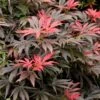
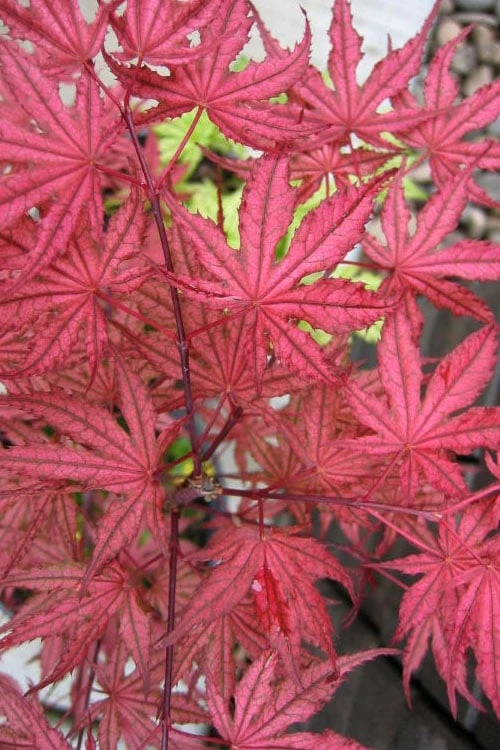
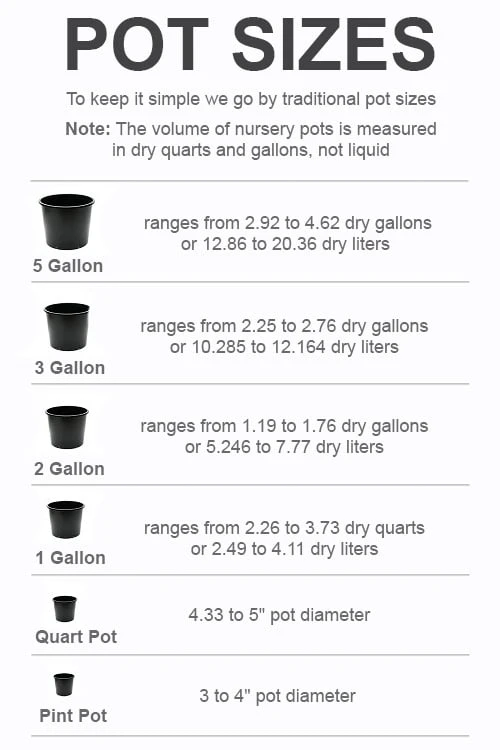
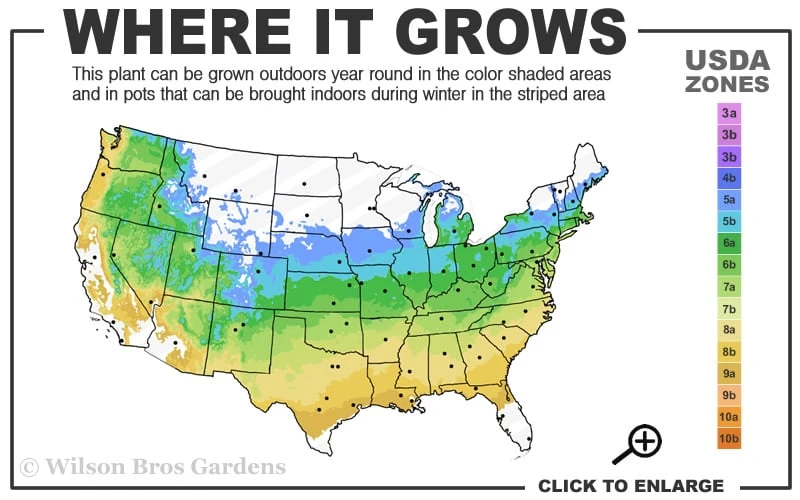






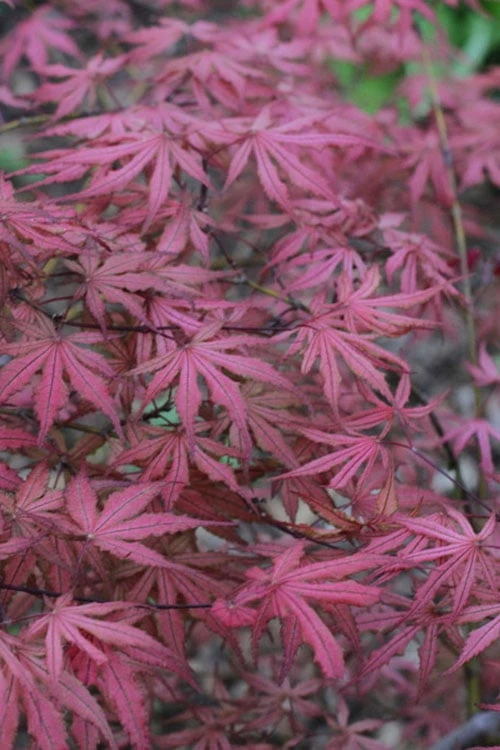

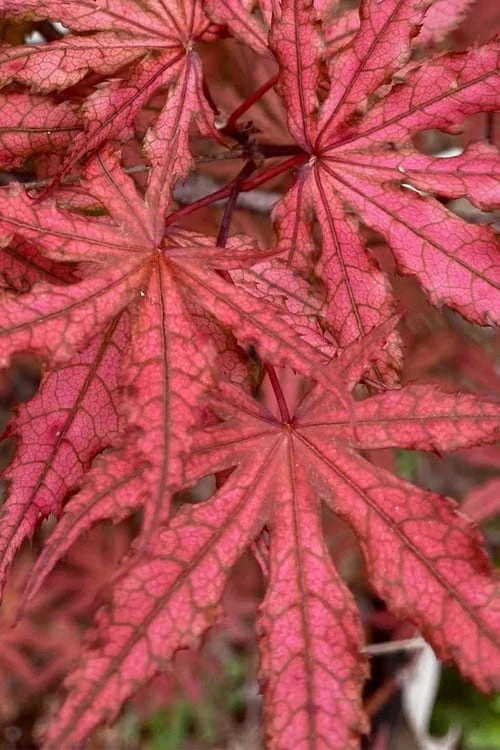
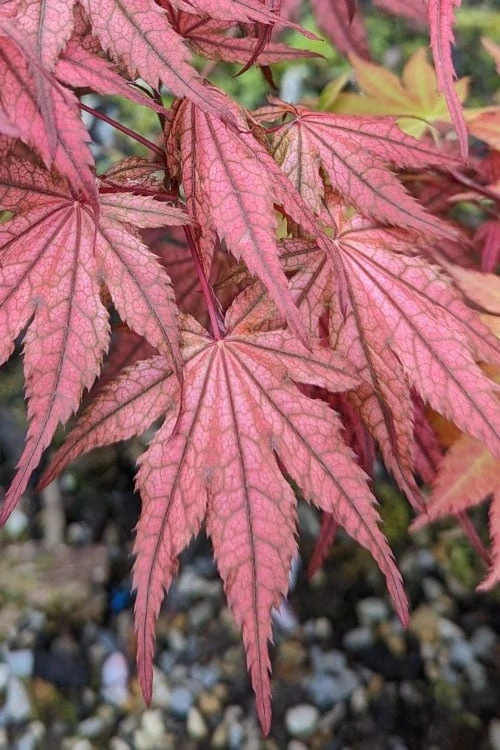



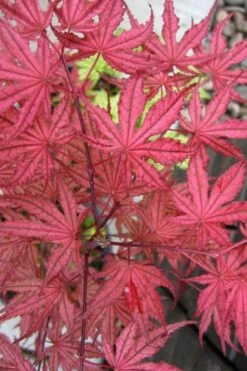
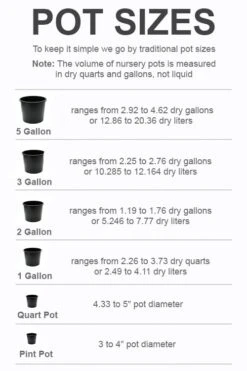
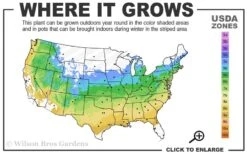
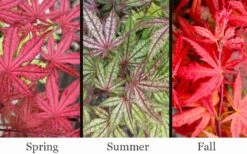
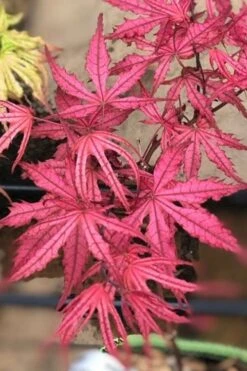
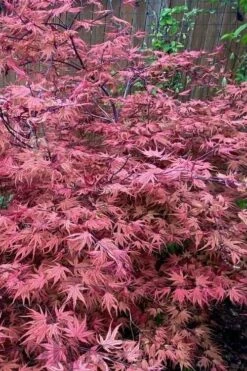
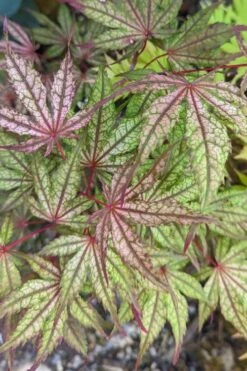

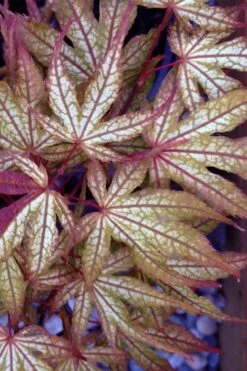
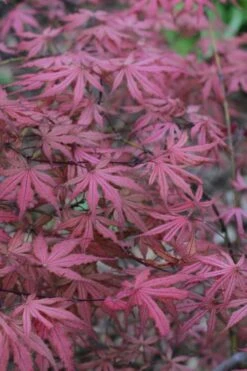
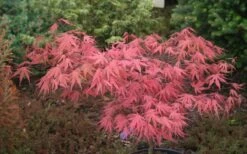



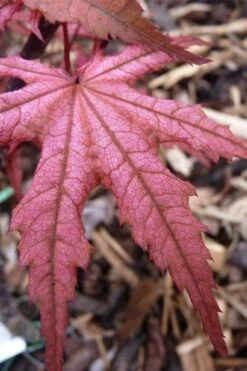

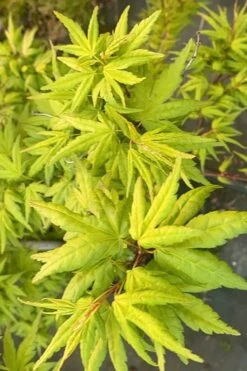

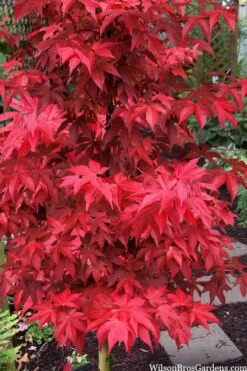
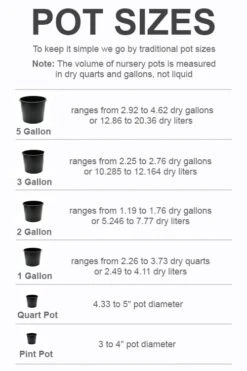
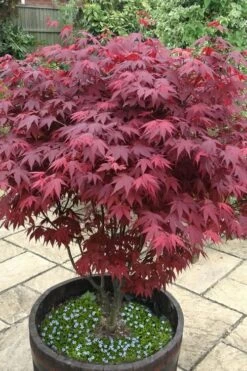


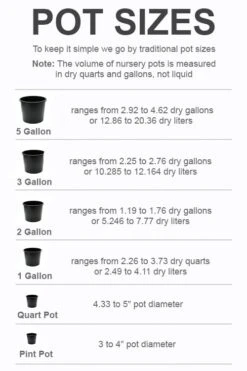
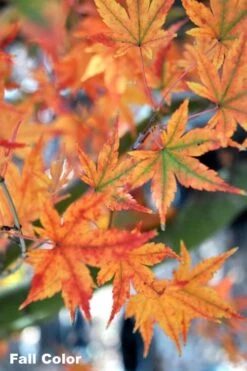
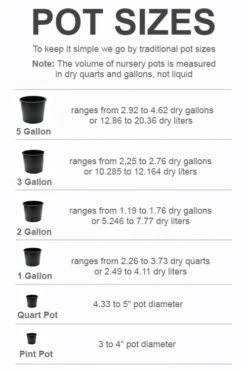


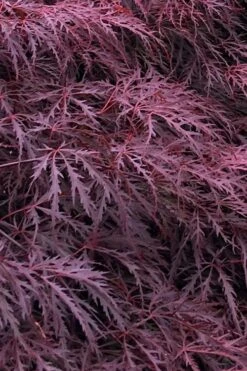


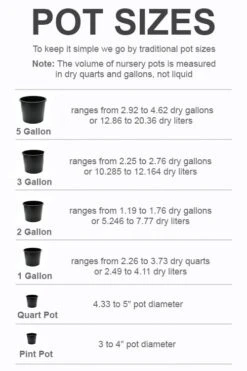
Reviews
There are no reviews yet.